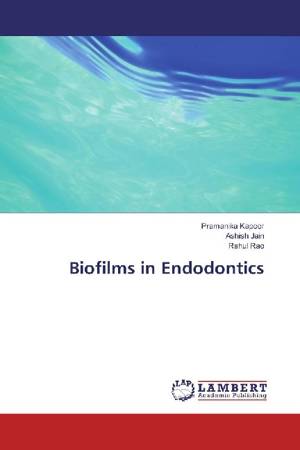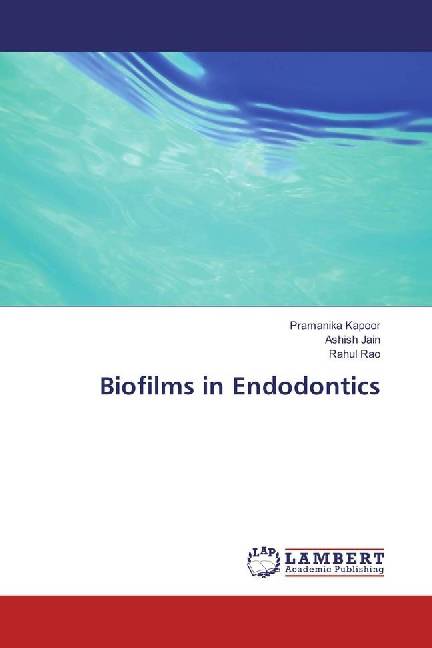
Je cadeautjes zeker op tijd in huis hebben voor de feestdagen? Kom langs in onze winkels en vind het perfecte geschenk!
- Afhalen na 1 uur in een winkel met voorraad
- Gratis thuislevering in België vanaf € 30
- Ruim aanbod met 7 miljoen producten
Je cadeautjes zeker op tijd in huis hebben voor de feestdagen? Kom langs in onze winkels en vind het perfecte geschenk!
- Afhalen na 1 uur in een winkel met voorraad
- Gratis thuislevering in België vanaf € 30
- Ruim aanbod met 7 miljoen producten
Zoeken
€ 51,45
+ 102 punten
Omschrijving
Endodontic disease is a biofilm-mediated infection, and the elimination of bacterial biofilm from the root canal system remains the primary focus in the management of endodontic disease. Unfortunately, the root canal environment is a challenging locale for eliminating surface-adherent biofilm bacteria. The complex anatomy of teeth and root canals creates an environment that is a challenge to instrument and clean. In addition, the complex chemical environment of the root canal prevents antimicrobial irrigating solutions and medicaments from exerting their full potential against the microorganisms found in endodontic infections. Understanding how microbial biofilm communities form in health is an important step in determining how they develop and function in disease and how to develop effective control strategies. The ultrastructure of endodontic biofilms should be studied so as to provide a better understanding of its physiology, ecology, pathogenicity, and response to treatment.This knowledge can be of utmost importance not only in promoting a refined understanding of endodontic biofilms, but also in helping to develop better strategies for treatment.
Specificaties
Betrokkenen
- Auteur(s):
- Uitgeverij:
Inhoud
- Aantal bladzijden:
- 168
- Taal:
- Engels
Eigenschappen
- Productcode (EAN):
- 9783659960314
- Uitvoering:
- Paperback
- Afmetingen:
- 150 mm x 220 mm

Alleen bij Standaard Boekhandel
+ 102 punten op je klantenkaart van Standaard Boekhandel
Beoordelingen
We publiceren alleen reviews die voldoen aan de voorwaarden voor reviews. Bekijk onze voorwaarden voor reviews.









